Wild Morel Mushrooms (Morchella spp.) are a family of low-growing fungi with netted brown caps highly coveted by chefs and culinary connoisseurs for their exquisite meaty taste. Though there are as many as 70 species under its genus (Genus Morchella, that is), black morel (Morchella elata), the common morel (Morchella esculenta), and the late morel (Morchella deliciosa) are more frequently found in the wild.
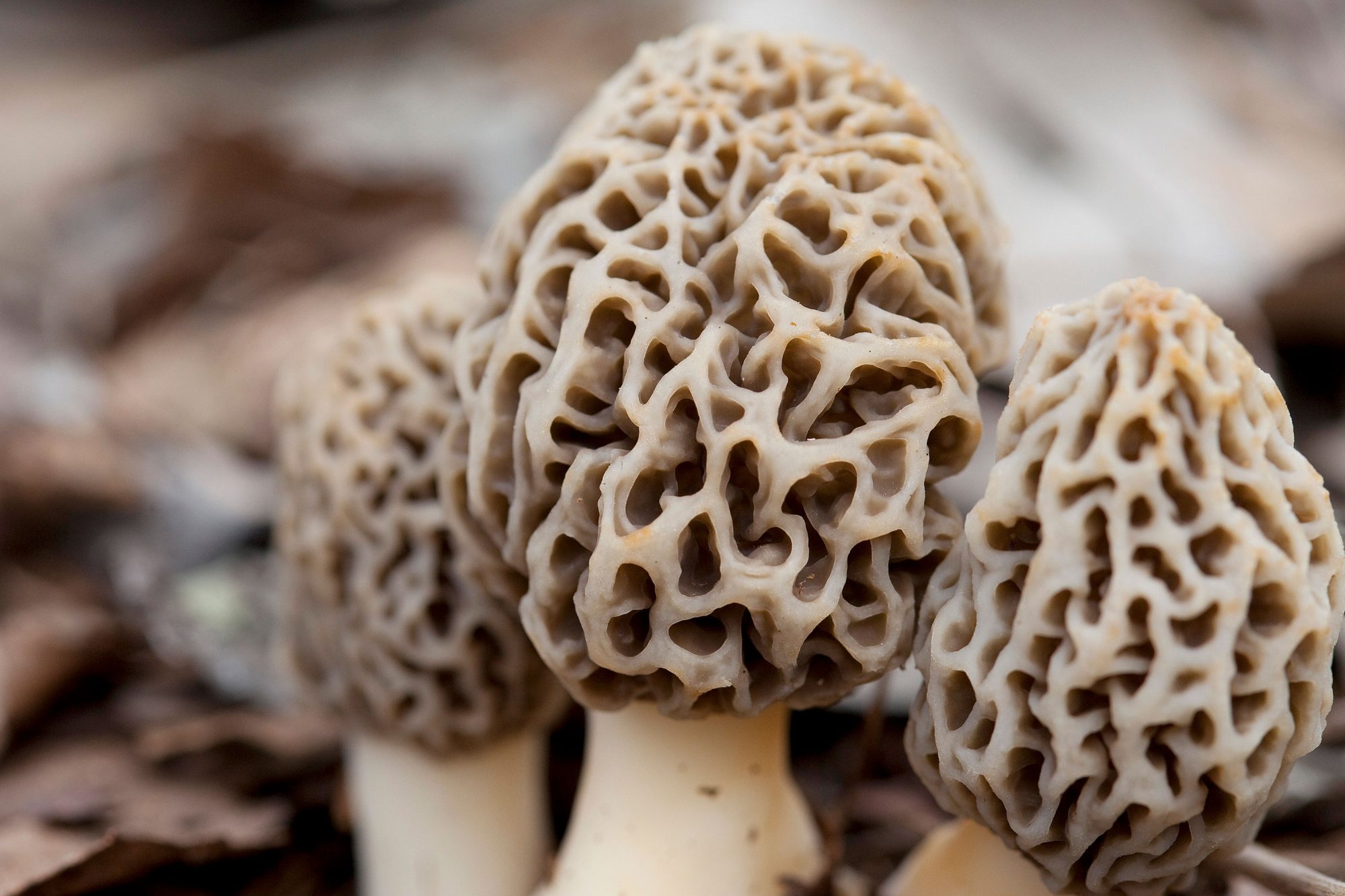
This fungus is commonly cultivated and found blossoming in woodland habitats during spring. Interestingly, their brown texture ensures they are camouflaged perfectly with the leaf litter and decaying wood that nourishes them one season after another. As a result, most mushroom enthusiasts would have to undertake an almost mythical quest to obtain this exotic ingredient. However, as dire as it may seem, it is unnecessary to have access to rolling tracts of forest or grasslands as you can grow them at home.
Since Ronald Owen of San Fransisco patented a successful morel growing process in 1982, the number of cultivators has only increased. From backyard mushroom farmers to ones in China who grew 6000 Morel mushrooms in an acre of land, they have done it all. Like other fungi, these mushrooms have different cultural needs from traditional vegetables. The overt caps of the mushrooms are the fruiting bodies of a vast catacomb of mycelium filaments.
It can take three to five years from planting the spores until a decent colony of mushrooms emerges. But once the germinating spores reach the mycelium, the shoots can grow fully harvestable mushrooms in merely six days. Such a high-risk-high-reward venture is what puts most people off and consequently turns naturally growing clusters of these fungi invaluable. Careful observation is a must, and we will give you a few suggestions on how to grow Morel mushrooms in this article.
How to Grow Morel Mushrooms?
Planting is the first and hardest step in learning how to grow Morel mushrooms. It would help if you kept in mind that mushrooms are rootless, non-seeding organisms. As a result, you must try to replicate their favorable growing conditions outdoors to make up for lab-culturing equipment as much as possible. The following steps should highlight your primary focus while cultivating this fungi family.
Fix a habitat for the Mushrooms
Although the best alternative to cultivate mushrooms is in the shade of a dying tree, like we might notice in the wild, it is not always an option. Primarily, the space should be well shaded and receive less than three hours of direct sunlight daily.
Morel mushrooms thrive in environments with temperatures of 60 degrees or higher with soil temperatures ranging between 45 and 50 degrees as they are a cool-season crop. So the optimal weather for culture would be between Winter and Spring with mild day temperatures of 60 degrees to 70 degrees Fahrenheit and cool evenings in the 40s with scattered rain and cloudy days.

Prepping the Soil
95% of gardening and plant culture depends on the quality of soil used in the process and is often a make-or-break factor for the outcome. Initiate the soil prep by burning some hardwood chips (preferably elm, ash, old apple, or tulip since they grow near these trees the most) to get ashes. Mix equal amounts of peat moss, wood chips, and ashes into the soil to form a fine growth mixture.
Hoe up an area around 2-2.5 inches deep and as big as you want your morel area to be. A 4×4(feet) square model is widely suggested for most growers, so try your best to stick to that.
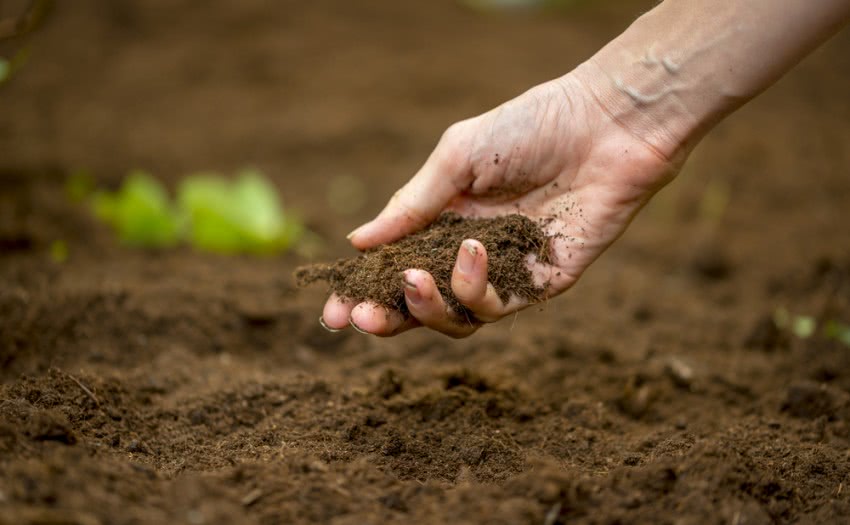
Make a Morel Growing Kit
Numerous commercial kits are available that purport to allow you to grow your morel mushrooms, each coming with detailed instructions. But quite a few successful home formulas have also been developed.
Bring a gallon of filtered tap water or distilled water to a boil. Try sticking to filtered tap water to eliminate chlorine which is terrible for mushroom growth.
Mixing a tablespoon of molasses into the water will supplement energy to the morels. Further, add a quarter teaspoon of salt to deter any bacteria from invading this mixture. Stir the complete mix and wait for it to come to a simmer again.
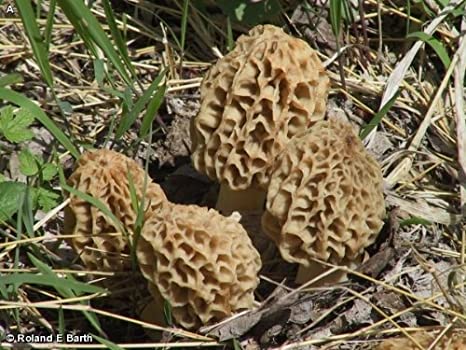
Let the water cool down to room temperature and add some more mushroom spores to it. Put the mixture in the corner of your house and let it rest for about 44 hours. Strain the mixture through a cheesecloth and set the liquid aside.
Proceed to the farming area gently dissipate the liquid over the assimilated soil. Sheltering the plot with a quarter-inch of leaves or grass should give your mushrooms their foundation.
Cultivate Your Morels
Morel mushrooms typically incept in the form of a little match-like stick poking out of the ground. You might have a three-inch mushroom ready to harvest in as few as six days. Therefore, it is necessary to keep an eye on a few factors:
- Light – Since sunlight is only needed to warm up the soil and not the fungus itself, make sure you regulate it and keep it as close to the initial planting position as possible.
- Moisture – Humidity and regular moisture are critical factors in mushroom culture. Apart from choosing appropriate weather, ensure that the soil is as moist as a wrung-out sponge. However, only use filtered tap water or captured rainwater. Also, try limiting the watering to only when the soil feels too dried out since excess water creates bacterial growth and mold that may stop morels from growing.
- Fertilizer – When it comes to fertilizer, good soil is all the morel mushrooms need. Compost, leaf mold, wood ash, and composted manure are all appropriate enrichments for Morel mushroom beds if you add a little extra.
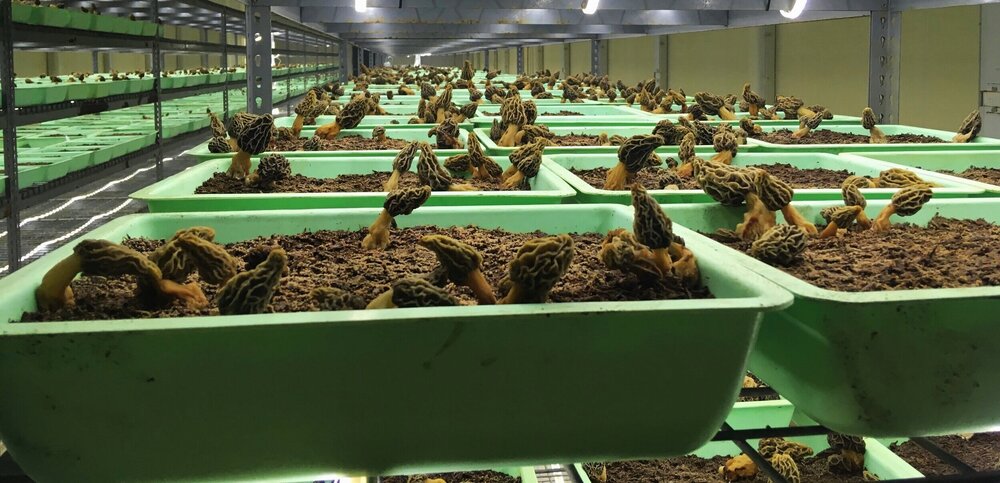
Harvesting and Storing Your Morels
Morel mushrooms do not require a specific size to achieve ripeness as both young and old mushrooms will be palatable. However, the chances of damage are high among these delicate species of fungi. Following this concern, people harvest the caps when they are about three inches tall by using a sharp knife to sever them from the mushroom’s body. Use a brush to remove dirt and bugs and place them in a food-grade container. Between moist paper towels, they can be stored in the refrigerator for two to three days.
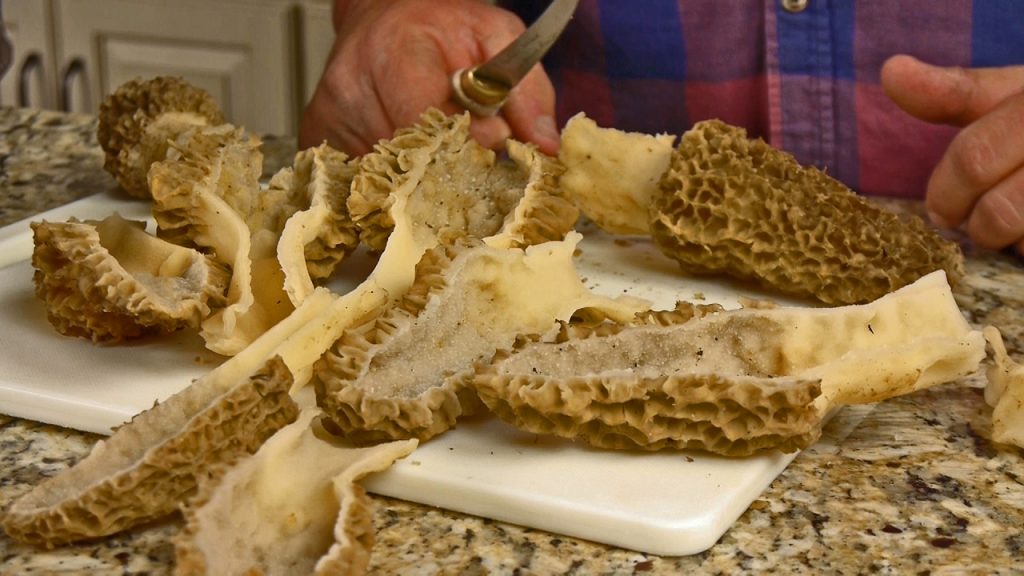
Do not wash them until they are ready to use, as excess moisture will only accelerate deterioration.
If you want to preserve the morel mushroom for longer than three days, you can wash and freeze them. You can steam, blanch, or saute them to de-activate the enzymes, but freezing raw morels is never a good idea.
Morels can also be dried, but it is essential to maintain less than 10 percent moisture content to discourage microorganisms from growing. A dehydrator will be your best alternative in this case. Once you have pruned them into a uniform structure, put them in the dehydrator for 8 to 10 hours.
You can use a thread to string-dry the mushrooms in case you estimate it is too humid or moist. Regardless, some climates might be more challenging to keep the moisture at the desired level.
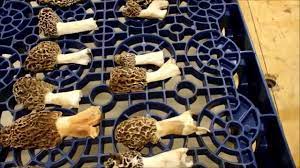
Propagation
One of the most important facts to note while learning how to grow morel mushrooms is the method of reproducing and propagating your batch. Every single morel mushroom houses millions of microscopic spores with the potential to give birth to a new mushroom. In nature, these spores travel by air, but to cultivate morels in the desired area, you must capture them in a slurry.
Drench a newly picked morel in a pail of purified water for the time being. Disseminate the slurry you obtained from doing so around an area you have previously found morels growing. In a newly “seeded” area, a network of underground filaments called mycelium will take three to five years to form. Once the mushrooms sprout over these filaments, the final hurdle is cleared. All that is needed is for the vegetative part of the fungus(mycelium) to grow, and the mushrooms will shortly follow suit.
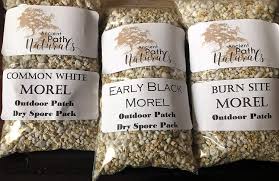
Closure | How to grow Morel Mushrooms?
Growing any kind of mushroom is a troublesome affair, and Morel mushrooms are a tad bit tougher to cultivate. You might have followed my instructions while learning how to grow morel mushrooms, but your efforts have not led to fruition. Be prepared to fail and repeat the process if you do not see the fungi growing within ten days.
When it comes to morel mushroom culture, it all boils down to the nuances employed. It might be a lack of or too much moisture, wrong temperature, or at times an unfortunate batch of contaminated spawn at fault. Practice makes perfect and if you are really into it, keep honing your skills and perfecting your measures. Once you have ensured that, I’m sure you will feel rewarded when that first batch of mushrooms blooms in your garden.

